Puerto rican novels: Great Books by Puerto Rican Authors
Great Books by Puerto Rican Authors
Stunning panoramic view of Puerto Rico’s Central Mountain Range.
An introduction to the Island’s literature.
Puerto Rico has been the backdrop of many classic and modern literary works. In most of the stories, the Island is as important as the main character, and other times, it is the birthplace and inspiration of the author.
With a literary tradition stretching back centuries, writers enchanted by the Island span from conquistadors that narrated their experience in the “New World” to the early jíbaros that scribbled about the Island’s beauty, and new generations of authors who capture the essence of the place that helped shape their identity.
Whether it is a selection of poems, an intriguing novel, short essays, or books that are deeply rooted in Puerto Rican culture, you can get to know the heart and soul of the Caribbean through the eyes and words of people who have lived on and loved the Island.
Don’t know where to start? Whether you want something to help inspire your future travels or enrich your beach reading during your next visit, here’s a selection that ranges from classic to contemporary.
When I Was a Puerto Rican
Esmeralda Santiago
Considered to be the first of three installments that make up her memoir, Esmeralda Santiago’s most prominent work “When I Was a Puerto Rican” starts in rural Puerto Rico, portraying the tropical sounds, sights, and even the poverty she knew growing up. When her mother takes off to New York with her children, Esmeralda goes from eating guava fruits and listening to the coquí every night to learn a new language and transition to a new way of living. Santiago contrasts the peaceful landscapes with her early years’ turbulent family dynamic and takes the reader on her journey from the barrio to Brooklyn to Harvard. The book touches on subjects like self-discovery, immigration, and her Puerto Rican identity.
Simone
Eduardo Lalo
Some categorize it as a love story, others as a chase. Eduardo Lalo’s acclaimed “Simone” will take you deep into the neighborhoods of San Juan. Centered around Old San Juan, Río Piedras, and Santurce, the story follows an anonymous narrator – a middle-aged writer that spends his day scribbling about his life and suddenly starts receiving messages from an unknown source. Regardless of where he goes, a message destined for him awaits. As the novel unfolds, so does the narrator’s love for the secret pursuer and the reader’s affection for the city. Lalo received the prestigious Rómulo Gallegos Award, giving him international recognition.
La Carreta
René Marqués
Divided into three acts, “La Carreta” (The Oxcart) is a 1950’s play by René Marqués that follows a family of jíbaros that move to the United States in search of the American Dream. From La Perla to New York, the author portrays the emotional journey of Puerto Rican migration around the time of industrialization.
Felices Días Tío Sergio
Magali García Ramis
A Puerto Rican coming-of-age novel, “Felices Días, Tío Sergio” (Happy Days, Uncle Sergio), by Magali García Ramis, follows Lidia, a young girl whose life takes an unexpected turn after the arrival of her uncle disrupts adolescence in the care of women. A free spirit full of liberal ideas, Sergio is like no one Lidia has met before, which catches her attention. The book focuses on Lidia’s upbringing and the influence of her uncle over her life, as a chain of events unravels, and you can see how this little girl navigates her feelings, thoughts, tragedy, and changes.
La Borinqueña
Edgardo Miranda
A graphic novel that introduces a Puerto Rican superhero inspired by the Island’s National Anthem, “La Borinqueña,” was created by Edgardo Miranda, a writer with Marvel. Her powers, granted by a Taíno goddess when she goes exploring the caves of the Island, are derived from the Island’s myths and history. La Borinqueña has superhuman strength, the ability to fly, and can control storms.
Other books to enjoy:
“My Beloved World” by Sonia Sotomayor
“Nuestra Señora de la Noche” (Our Lady of the Night) by Mayra Santos Febres
- “Songs of Simple Truth” by Julia de Burgos
- “The Last Salsa Singer” by Ivelisse Rodríguez
- “La llamarada” (The Flare) by Enrique Laguerre
- “El país de cuatro pisos” (The Four-Storeyed Country) by José Luis González
- “Mundo cruel” (Cruel World) by Luis Negrón
- “Juliet Takes a Breath” by Gabby Rivera
- “La casa de la laguna” (The House on the Lagoon) by Rosario Ferré
- “La Guaracha del Macho Camacho” (Macho Camacho’s Beat) by Luis Rafael Sánchez
Bring a piece of Puerto Rico home
Brands of Puerto Rico seeks to tell stories through products created by Puerto Rican hands.
To export the Island’s talent and creativity, the family company Brands of Puerto Rico created a platform that serves as a stage for local artisans and small business owners to showcase their products to audiences worldwide. Find local products like coffee, bread, homemade seasoning, handmade jewelry and accessories, books, traditional sweets, and more.
Find local products like coffee, bread, homemade seasoning, handmade jewelry and accessories, books, traditional sweets, and more.
Click here to shop local!
Share this
Tags
The Island
Art
Recommended Articles
See All Articles
28 Books Set in + About Puerto Rico
- Share
- Tweet
Puerto Rico: lush forests and tropical beaches. But also, Puerto Rico: land that has been colonized and people who have been left bereft in the wake of recent hurricanes. This list of books about Puerto Rico captures the history and culture of this US territory, from colonization, to the influx of Puerto Rican immigrants to the US, to more recent news about how Puerto Rico has been treated by the United States after Hurricanes Irma and Maria.
I really learned so much about Puerto Rico by reading some of these books and putting this list together. And I definitely added some books about Puerto Rico to my to-be-read list. If you are thinking about a trip to Puerto Rico and want to travel responsibly by learning more about the country before you go, or if you are just interested in Puerto Rican culture and history, I hope you can find a great book on this list for you!
If you are thinking about a trip to Puerto Rico and want to travel responsibly by learning more about the country before you go, or if you are just interested in Puerto Rican culture and history, I hope you can find a great book on this list for you!
Note: This post contains affiliate links. This means that if you make a purchase using a link, I may get a small commission at no cost to you.
Novels Set in Puerto Rico
Olga Dies Dreaming by Xochitl Gonzalez
Olga is a successful wedding planner in NYC. She hasn’t heard from her mother in years, and she’s just fine with that mostly. But when Hurricane Maria hits Puerto Rico, her revolutionary mother comes back into the life of Olga and her brother, seeking help. I listened to this on audio and it’s fantastic in that format! For fans of contemporary fiction.
Velorio by Xavier Navarro Aquino
So many recent books about Puerto Rico deal with the aftermath of Hurricane Maria and how it has affected the people of the island.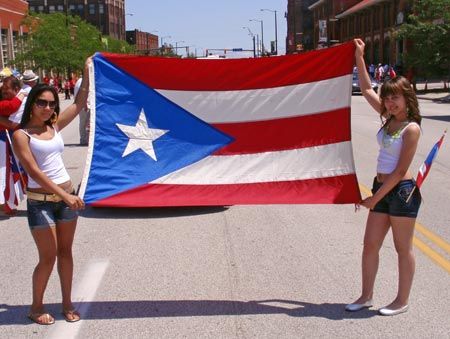 In this novel set after Hurricane Maria, a cult leader rises to create an attempted utopia: Memoria. But the people in his cult are maybe starting to see it for what it is. Meanwhile, a woman whose sister has died during the hurricane, seeks to travel to this supposed paradise. For fans of literary fiction and books with cults.
In this novel set after Hurricane Maria, a cult leader rises to create an attempted utopia: Memoria. But the people in his cult are maybe starting to see it for what it is. Meanwhile, a woman whose sister has died during the hurricane, seeks to travel to this supposed paradise. For fans of literary fiction and books with cults.
After the Hurricane by Leah Franqui
Elena’s relationship with her father is complicated. She has wanted so badly to know more about his past life, but before she can, he returns to Puerto Rico and they lose touch. Then, when Hurricane Maria strikes. he disappears and Elena travels to the island to search for him and maybe learn more about her family. For fans of contemporary fiction and family stories and novels with a bit of suspense.
The Taste of Sugar by Marisel Vera
As both the Spanish-American war and a hurricane approach the colony of Puerto Rico, a couple is trying to keep their coffee farm in the mountains afloat. In their desperation, they eventually move to Hawaii with the promise of sugar planation prosperity. For fans of historical and literary fiction.
For fans of historical and literary fiction.
A Woman of Endurance by Dahlma Llanos-Figueroa
In this novel about the slave trade in Puerto Rico, Pola is traumatized over and over again as she is purchased as a breeder to grow slavery. By all accounts, this is a brutal read, but it is still a story about hope and survival, as Pola finds support, love, and community. For fans of historical fiction who can deal with some trauma.
América’s Dream by Esmeralda Santiago
In Puerto Rico, América works as a hotel maid. She has an alcoholic mother, an abusive boyfriend, and a difficult teenage daughter. So when she get an offer to move to New York and become a live-in maid, it seems like her chance to escape. But can you ever truly escape? For fans of contemporary fiction.
The House on the Lagoon by Rosario Ferré
In this novel set in Puerto Rico, a husband and wife recall the history of their nation through their family stories as the wife writes about them.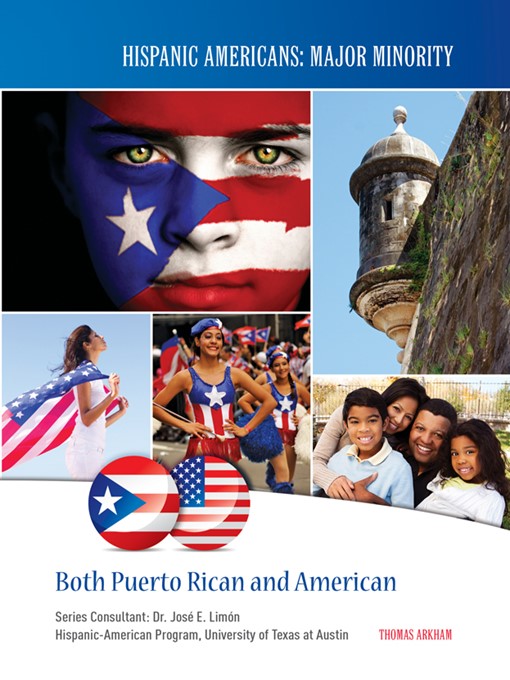 This book was a finalist for the National Book Award and is for fans of literary fiction.
This book was a finalist for the National Book Award and is for fans of literary fiction.
Simone by Eduardo Lalo, Translated by David Frye
A writer in San Juan, Puerto Rico discovers he has a stalker. The stalker turns out to be a Chinese immigrant, and they discover they may have more in common than they thought as they struggle to find belonging. For fans of literary fiction.
Mundo Cruel: Stories by Luis Negron, Translated by Suzanne Jill Levine
This short story collection is set in a gay community in Puerto Rico and explores what it means to survive in a world that seems against you. For fans of gay and queer literature and short story collections.
The Rum Diary by Hunter S. Thompson
If you want a read that truly encapsulates a wild time in Puerto Rico, here it is. Set in 1950s San Juan, this book is mostly about a journalist drinking, cavorting, and falling into schemes in Puerto Rico. For fans of books that just take you along for the wild ride.
The Time It Snowed in Puerto Rico by Sarah McCoy
In the Puerto Rican mountains, Verdita is on the brink of becoming a young woman. But really she longs to be an American and also to not have her life change so drastically as she grows. This is for fans of women’s fiction and coming of age stories.
Non-Fiction Books About Puerto Rico
War Against All Puerto Ricans: Revolution and Terror in America’s Colony by Nelson A. Denis
In 1950, the Nationalist Party of Puerto Rico tried to mount an insurrection against the United States. It failed, and it resulted in violence across the island (including the first time the US government bombed its own citizens). This is for fans of history and books about lesser known historical events.
Fantasy Island: Colonialism, Exploitation, and the Betrayal of Puerto Rico by Ed Morales
I think the subtitle of this book says it all. Puerto Rico has been used as a US colony but not supported, especially evident in the aftermath of Hurricane Maria.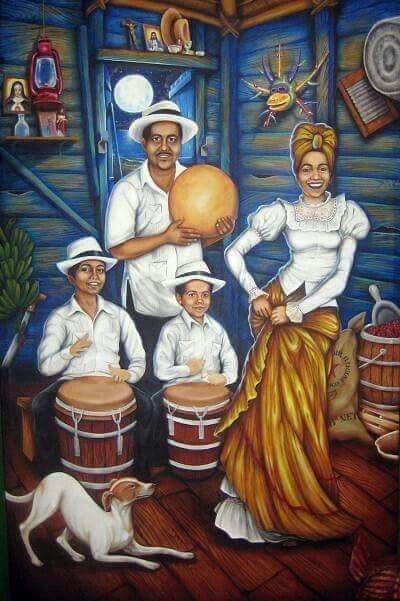 Here, Morales explores the history of Puerto Rico and US relations, the harm it has done to Puerto Rico, and what a decolonized future could look like. For fans of geopolitical non-fiction and history.
Here, Morales explores the history of Puerto Rico and US relations, the harm it has done to Puerto Rico, and what a decolonized future could look like. For fans of geopolitical non-fiction and history.
The Battle for Paradise: Puerto Rico Takes on Disaster Capitalists by Naomi Klein
In the wake of Puerto Rico’s destructive hurricanes, disaster capitalists have been trying to make a profit off recovery. This book explores this situation and what it might mean to instead see a fair and just disaster recovery. This is also a very slim book (just 96 pages), making it a quick but important read. For fans of political and social justice related non-fiction.
Ordinary Girls by Jaquira Díaz
In this coming of age memoir, Díaz tells about her life growing up in Puerto Rico and then later in Miami. Her mother was plagued with mental illness and her life saw plenty of trauma and violence. But she also found support in friendships and pride in her culture. For fans of memoirs (and definitely look up the content warnings here if you are a sensitive reader).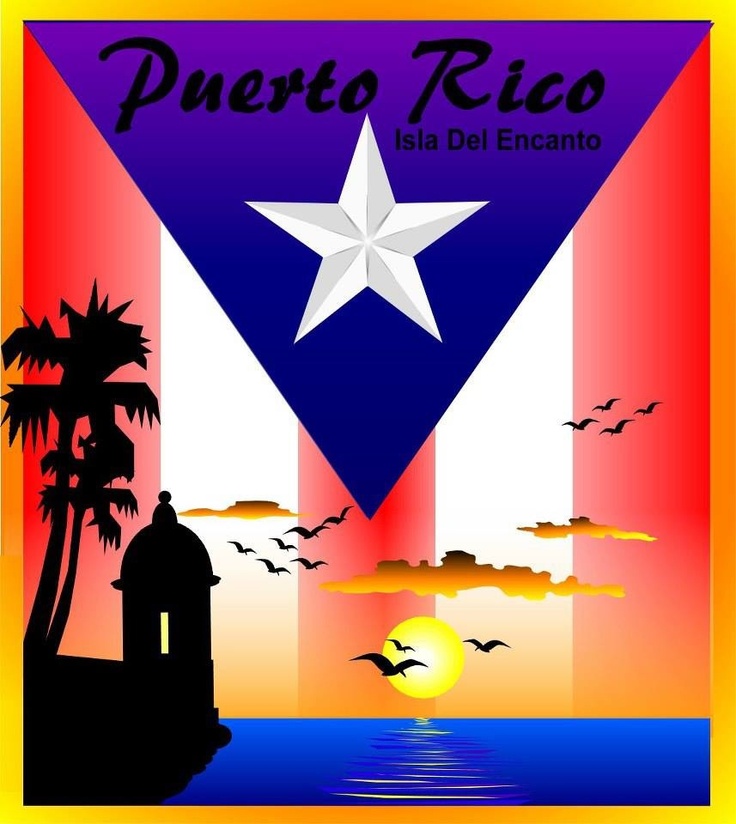
When I Was Puerto Rican: A Memoir by Esmeralda Santiago
Esmeralda Santiago grew up in Puerto Rico, but when her mother moves the family to New York she must learn a new way to be. She really lives the classic American dream, eventually ending up at Harvard. But her road to get there isn’t easy, and it is filled questions about her true identity as a Puerto Rican in America. For fans of memoirs.
Children’s Books Set in Puerto Rico
Coquí in the City by Nomar Perez
When Miguel’s family moves from Puerto Rico to New York City, he has to leave the life he loves behind, including Coquí, his pet frog. Soon though, he discovers that NYC can feel familiar too. Recommended ages: 3-7 years.
Across the Bay by Written and Illustrated by Carlos Aponte
Carlitos loves his home with his mother, grandmother, and cat. But he also feels like part of his identity is missing, and he goes across the bay to search for his father in Old San Juan. This book has imaginative illustrations that take you through San Juan.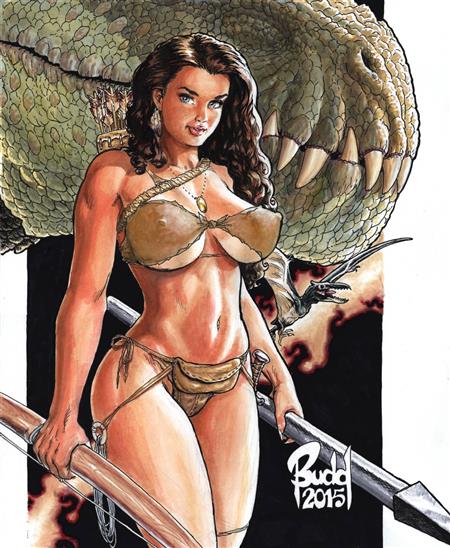 Recommended ages: 3-7 years.
Recommended ages: 3-7 years.
Pura’s Cuentos: How Pura Belpré Reshaped Libraries with Her Stories by Annette Bay Pimentel, Illustrated by Magaly Morales
Pura Belpré grew up in Puerto Rico surrounded by her grandmother’s stories. When she moved to Harlem, she became the first Latina librarian in New York City. Missing her grandmother’s stories, she started offering story time in both English and Spanish, a new concept that welcomed a new community to the library. Recommended ages: 4-8 years.
Planting Stories: The Life of Librarian and Storyteller Pura Belpré by Anika Aldamuy Denise, Illustrated by Paola Escobar
Another story about famous Puerto Rican Pura Belpré, who became New York’s first Latina librarian and revolutionized storytime by promoting bilingual children’s stories. I think kids who love storytime at the library will especially love this book about other kids going to story time and a famous librarian who read to children and planted seeds of those stories throughout a community. Recommended ages: 4-8 years.
Recommended ages: 4-8 years.
A New Kind of Wild by Zara Gonzalez Hoang
Ren loves his home near El Yunque in Puerto Rico, where he spends his days and nights surrounded by the wilds of the forest. But when he moves to New York, he feels lonely and lost…the perfect opportunity for a new friend to help. Recommended ages: 4-8 years.
Clemente! by Willie Perdomo, Illustrated by Bryan Collier
This picture book tells the story of famous Puerto Rican Robert Clemente, who became the first Latin American player to be inducted into the Baseball Hall of Fame. Perfect if your kids are looking for books on famous Latin Americans, plus it includes a timeline of Clemente’s life. Recommended ages: 6-10 years.
Middle Grade & YA Books About Puerto Rico
My Name is Maria Isabel by Alma Flor Ada, Illustrated by K. Dyble Thompson
In María’s new school, her teacher wants to call her Mary instead because they already have two Marías. But her name is an important part of who she is, and of her Puerto Rican heritage, and she wants to find a way to help her teacher understand.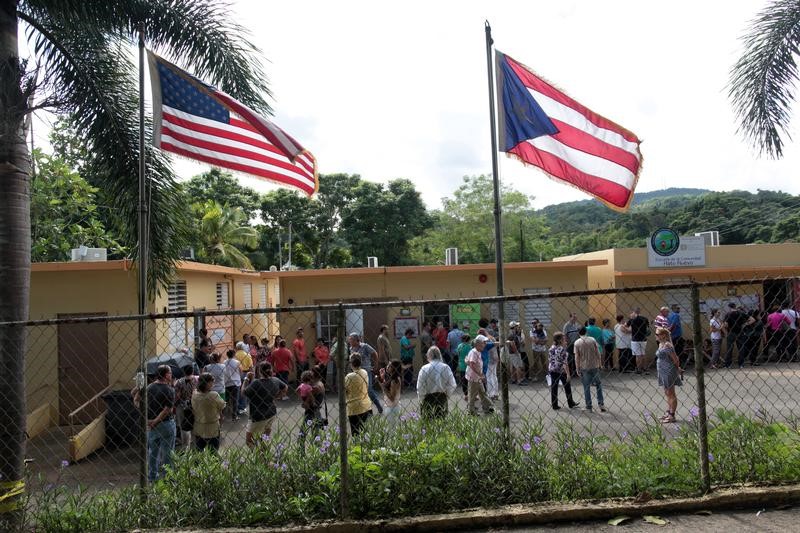 Recommended ages: 7-10 years.
Recommended ages: 7-10 years.
Silver Meadows Summer by Emma Otheguy
Carolina is 11 years old when her family moves from Puerto Rico to upstate New York. There, she attends summer camp with her cousin (who she doesn’t really like), but finds solace in her art and her new friend Jennifer as she remembers her life in Puerto Rico. Recommended ages: 8-12 years.
Marcus Vega Doesn’t Speak Spanish by Pablo Cartaya
After a fight at school, Marcus’s mother decides they need a change and takes him and his brother to spend the week in Puerto Rico. But Marcus, who hasn’t seen his father in ten years, knows that his father is somewhere in Puerto Rico and goes in search for him. Recommended ages: 10-13 years.
Puerto Rico Strong Edited by Marco Lopez, Desiree Rodriguez, Hazel Newlevant, Derek Ruiz, and Neil Schwartz
Being Puerto Rican doesn’t just mean one thing. In this comic anthology, multiple Puerto Rican comic artists explore their Puerto Rican identity. Profits from this book go toward disaster relief programs that support Puerto Rico.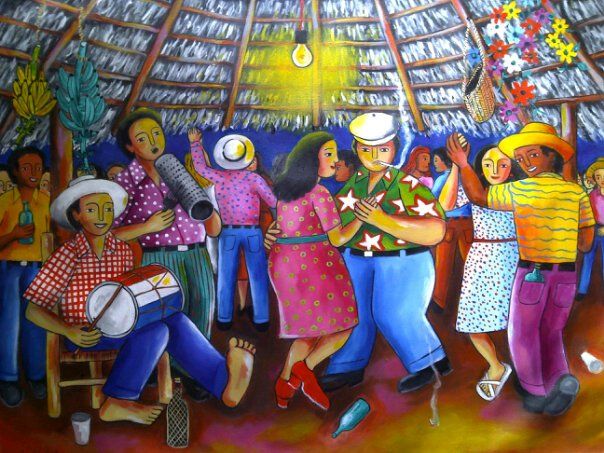 Recommended ages: 13 and up.
Recommended ages: 13 and up.
A Fierce and Subtle Poison by Samantha Mabry
Lucas spends the summers in Puerto Rico with his father, a hotel developer. There, he hears stories about a cursed girl, and when his own girlfriend disappears, he turns to this cursed girl to solve the mystery. Recommended ages: 13 and up.
The Revolution of Evelyn Serrano by Sonia Manzano
When protests from the Young Lords, a Puerto Rican activist group, erupt on the street, Evelyn Serrano is dumped into the drama. And it just may change her outlook on both her Puerto Rican heritage and her Puerto Rican grandmother who has come to live with them. Recommended ages: 14 and up.
You Might Also Like
- Books Set in + About Spain
- Books Set in + About Florida
- Books Set in + About Texas
Baldorioti de Castro Roman | |
1822-1889 | CV |
XPOHOCPROJECT INTRODUCTIONCHRONOS FORUMCHRONOS NEWSCHRONOS LIBRARYHISTORICAL SOURCESCVINDEXGENEALOGY CHARTSCOUNTRIES AND STATESETHNONYMSRELIGIONS OF THE WORLDHISTORICAL ARTICLESTEACHING METHODOLOGYSITE MAPAUTHORS OF CHRONOSRelated projects:RUMYANTSEV MUSEUMDOCUMENTS OF THE XX CENTURYHISTORICAL GEOGRAPHYRULERS OF THE WORLDWAR OF 1812WORLD ISLAVYETHNOCYCLOPEDIAAPSUARARUSSIAN FIELD | Roman Baldorioti de Castro Baldorioty de Castro (Spanish: Baldorioty de Castro), Roman (02/23/1822, L. A. Ivkina. Russian Historical Encyclopedia. Literature:Moskalenko A. P. Puerto Rico and USA. M., 1974; Cruz Monclova L. Baldorioty de Gautier Dapena J. A. Baldorioty Rivera Coredero E. Roman Baldorioty de Castro, maestro de Vega Ramos L. Baldorioty ahora. Puerto Rico, 2002. |
CHRONOS: WORLD HISTORY ON THE INTERNET | |
CHRONOS exists since January 20, 2000, Editor Vyacheslav |
Top 25 Latin American Writers in History / Literature | Panorama
Latin American writers They were unknown until the beginning of the twentieth century, where his work was completely strange and little known to the general public. However, there are authors of Latin American literature – poets, writers, essayists – who have influenced the whole world with their beauty and originality. anti-romantic and magical realism, whose novel was published in 1967 by Gabriel Garcia Marquez. One Hundred Years of Solitude the great “Gabo” was an important milestone in Latin American literature and meant the Nobel Prize for its author.
However, there are authors of Latin American literature – poets, writers, essayists – who have influenced the whole world with their beauty and originality. anti-romantic and magical realism, whose novel was published in 1967 by Gabriel Garcia Marquez. One Hundred Years of Solitude the great “Gabo” was an important milestone in Latin American literature and meant the Nobel Prize for its author.
Gabriel García Márquez (1927-2014)
Colombian journalist and writer, perhaps the most recognized author for his magnificent work One Hundred Years of Solitude . Among his novels also stood out The colonel has no one to write to him , Chronicle of death announced , Love in the time of cholera , among others.
Leopoldo Marechal (1900-1970)
Leopoldo Marechal was the author of Adan Buenosaires , a modern and classic work on the metaphysical suffering of an avant-garde writer. It is anti-novel or counter-novel because it can be read and interpreted from two points of view..
It is anti-novel or counter-novel because it can be read and interpreted from two points of view..
Marechal was also a playwright and essayist. After the fall of Peronism in 1955, Marechal’s work was banned due to his support for the regime and only became popular in the last decades of the 20th century..
Mario Vargas Llosa (1936-present)
Novelist and essayist Mario Vargas Llosa, winner of the 2010 Nobel Prize in Literature, is also one of the most important representatives of the Latin American boom.
His novels, like The City and the Dogs and The Kid’s Party , were critically acclaimed, with the latter hitting the big screen. It tells the story of Dominican dictator Rafael Leonidas Trujillo and butterflies, three sisters who opposed their regime and were brutally murdered. nine0020
Vargas Llosa is a very controversial public figure for his political activities and personal life. In 1990, he unsuccessfully tried to reach the presidency of Peru, his country of origin. It is believed that his unorthodox positions prevented him from winning the Nobel Prize in Literature, which was nominated for more than 30 years.
It is believed that his unorthodox positions prevented him from winning the Nobel Prize in Literature, which was nominated for more than 30 years.
He is considered a scholar because of the variety of his work, from stories and novels to studies and essays on history, literature and politics. His most prominent book is Fiction , which was considered one of the top 100 of the 20th century.
Isabel Allende
Another prominent Chilean writer is Isabel Allende. Your bestseller House of Spirits has sold over 56 million copies. This writer, currently based in California, lived in Venezuela after her family went into exile following the death of Salvador Allende..
Artwork Paula This is the story of the Allende family that Isabelle wrote to her daughter when she fell ill and later died in Spain. Two of his works, House of Spirits and Love and Shadows , have been shown on the big screen.
Pablo Neruda (1904-1973)
Pablo Neruda is one of the most influential poets of the 20th century and he was also awarded the Nobel Prize in Literature in 1971. His work Twenty love poems and a desperate song is one of the best selling books in Spanish.
His work Twenty love poems and a desperate song is one of the best selling books in Spanish.
Another important work General song in which Neruda reflects the cosmogony of the American peoples. He is considered one of the most versatile poets, as his work ranged from love to humor, such as his Odes of the Elements .
José Lezama (1910-1976)
Considered the main exponent of the American Neo-Baroque. Among his works stand out Paradiso, American Expression and Death of Narcissus .
Octavio Paz (1914-1998)
“A lot of light is like a lot of shadow: it doesn’t let you see,” said Octavio Paz, Mexican writer, winner of the 1990 Nobel Prize in Literature. This poet and essayist was also his country’s ambassador to India, but resigned after the Massacre of Tlatelolco in 1968.
Paz was a bold poet who loved to experiment. This forced him to study and write according to the canons of poetic genres from different countries, such as Japanese haiku. Many believe that to understand the poetry of Octavio Paz means to understand the Mexican peculiarity. nine0020
Many believe that to understand the poetry of Octavio Paz means to understand the Mexican peculiarity. nine0020
José Donoso (19241-1996)
Concerning social issues such as prostitution, the works of José Donoso Place without limits and Obscene bird of the night they show the complex interaction between rich and poor, north and south, countryside and the city, lawyers and rural communities and popular culture.
Artwork Launching the Thick Curtain , written by his adopted daughter Pilar Donoso, tells us how this formidable Chilean author wrote his works. nine0020
Alejo Carpentier (19042 -1980)
Although Alejo Carpentier was born in Lausanne (Switzerland), he spent part of his life in Cuba and had a great influence on Latin American literature.
One of his most famous works world, X-ray of Hispanic culture. This novel, which deals with historical issues such as the Haitian Revolution, is full of magic and romance.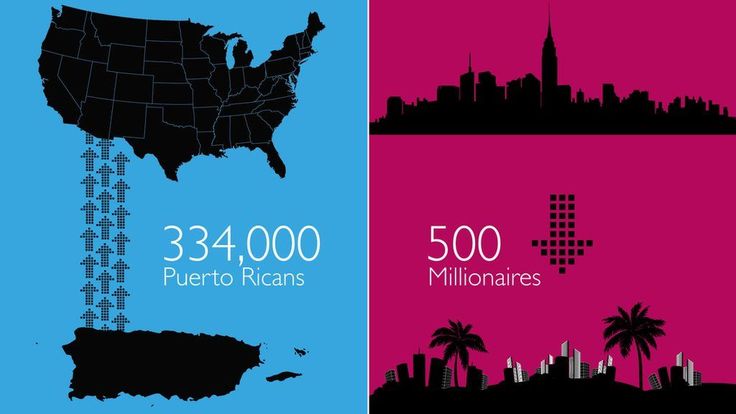 .
.
Carpentier masterfully captures the African heritage of the Caribbean in his work. On the other hand, in his work The Age of Lights , Carpentier talks about the influence of the French Revolution in the Caribbean. His works are not only fiction, but also important historical sources. ..
Elena Poniatowska Amor stood out for her historical novels as The Night of Tlatelolco: Evidence of Oral History , commemorating the murder of students protesting at Three Cultures Square on October 2, 1968.
Ernesto Sabato (1911-2011)
Writer, physicist and Argentine artist. Work On Heroes and Tombs by Ernesto Sabato, which was partially taken to the cinema by his son Mario Sabato in the film The Power of Darkness . It is considered one of the best Argentine novels of the 20th century.
Fernando del Paso (1935-2018)
Another interesting author – Fernando del Paso, with his works Palinuro de México , José Trigo and Empire News . Del Paso pays special attention to the history of Mexico in his works..
Del Paso pays special attention to the history of Mexico in his works..
In 2015 he received the Cervantes Prize. He is considered one of the most important exponents of the new Hispanic historical novel due to the detail of his work.
Miguel Angel Asturias (1899-1974)
Nobel Prize in Literature 1967, Miguel Angel Asturias, in his work Mr President condemns the cruelty, corruption and injustice of the dictatorship of Manuel Estrada Cabrera, who ruled the country from 1898 to 1920.
This surreal and magical novel shows in its leaves the relative passage of time during a dictatorship in which “nothing really changed”.
The story shows how once the President could decide what was true and what was not, and how other characters accepted this truth, even if it contradicted what their eyes saw..
Carlos Fuentes (1928-2012)
The Most Transparent Region , The Death of Artemio Cruz and other novels by the Mexican writer Carlos Fuentes require reading. This novelist, screenwriter and politician was one of the most prolific authors of the 20th century in Latin America.
This novelist, screenwriter and politician was one of the most prolific authors of the 20th century in Latin America.
His novels are full of cultural references that allow the reader to immerse themselves in Mexican and Latin American culture. His novels are avant-garde and complex.
Jorge Isaacs (1837-1895)
Romance and Manners Mary , about Colombian writer Jorge Issacs, tells the story of two teens in love and their adventures set in a region that could be anywhere in Colombia and even Latin America.
This novel is about idyllic and unattainable love and is full of little stories about other couples, hunting and other economic activities. important aspects that define it as manners. nine0020
Miguel Otero Silva (1908-1985)
One of the most famous social novels When I want to cry, I don’t cry Venezuelan writer Miguel Otero Silva. Silva tells the story of three young people with the same name, date of birth and day of death, but with very different life histories.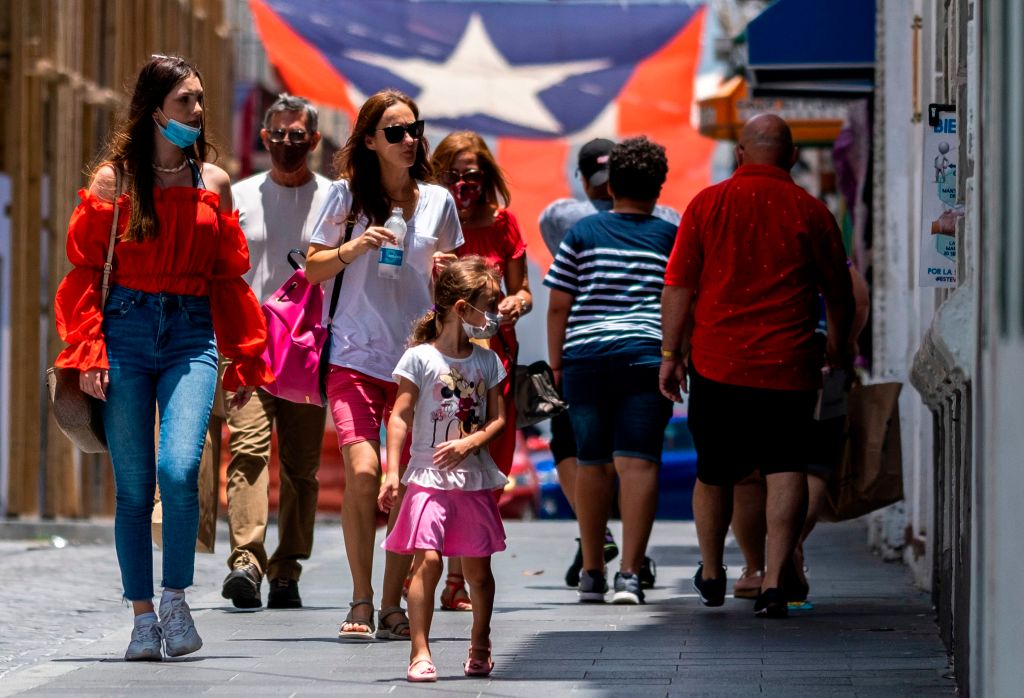
One is a common criminal, another is a partisan, and the last is a member of the rikitos group. This story remains relevant and reflects the inequalities that still prevail in the region. nine0020
Another novel by Silva Houses of the Dead which reflects the transformation of Latin American peoples due to the interests of foreigners.
Jorge Enrique Adum
The Ecuadorian writer Jorge Enrique Adum stood out for his works Between Marx and the Naked Woman who deals with various social issues. The work of Adum, also a politician and diplomat, was brought to the big screen by the Ecuadorian director Camilo Luzuriaga.
Jorge Icaza
The novel by the Ecuadorian writer Jorge Icaza Coronel called huasipungo is one of the major movements of the Indigenists, preceding magical realism. The story reflects the life of the Huasipungos Indians in the first half of the 20th century.
The Huasipungos were Indians entrusted to the territory and its owner. This novel shows the cruelty of colonization and Christianization in Latin America.
This novel shows the cruelty of colonization and Christianization in Latin America.
Gabriela Mistral
Chilean Gabriela Mistral is the only woman from a Spanish-speaking country to win the Nobel Prize in Literature (1945). In his works, he dealt with topics such as love, death and motherhood. He distinguished himself by the use of colloquial language in his writings, which he preferred to the formal use of language.
Juan Rulfo
Novel Pedro Paramo Juan Rulfo was one of the most influential in Latin American literature. Although Mexican Juan Rulfo, he did not write many novels and was mostly noted for the above Pedro Paramo and Plain on Fire , his work is credited with ending the Latin American revolutionary novel.
Rulfo was also a screenwriter and photographer. Scholars believe that the reason he stopped writing novels was to avoid the suffering that causes reality.
Augusto Roa Bastos
The author of the “Paraguay Trilogy” Augusto Roa Bastos was one of the most important writers of the 20th century in Latin America. In his novel I am Supreme , Roa tells the story of the Paraguayan dictator José Gaspar Rodríguez de Francia, who ruled the country for 26 years. Roa’s writings confirm Paraguay as a bilingual country with Guarani as its second language.
In his novel I am Supreme , Roa tells the story of the Paraguayan dictator José Gaspar Rodríguez de Francia, who ruled the country for 26 years. Roa’s writings confirm Paraguay as a bilingual country with Guarani as its second language.
Juan Carlos Onetti
In the novels The Well and A Short Life , the Uruguayan Juan Carlos Onetti shows us how people escape reality. In his novels, the heroes and their enemies represent the light and dark sides of man. nine0020
Julio Cortazar
Rahuela , a masterpiece of the anti-romance genre, a game with the reader. Tells the story of Oraceira and Oraceira’s relationship with La Maga. The Argentine author, despite the fact that they exist, made his surrealist works an invitation to choose the style of reading and ending. Eugenio Diaz Castro. The novel tells the story of a peasant who went to work for a tobacco company. This novel was transferred to the small screen, and its director tried to recreate with rigor the customs described in the book.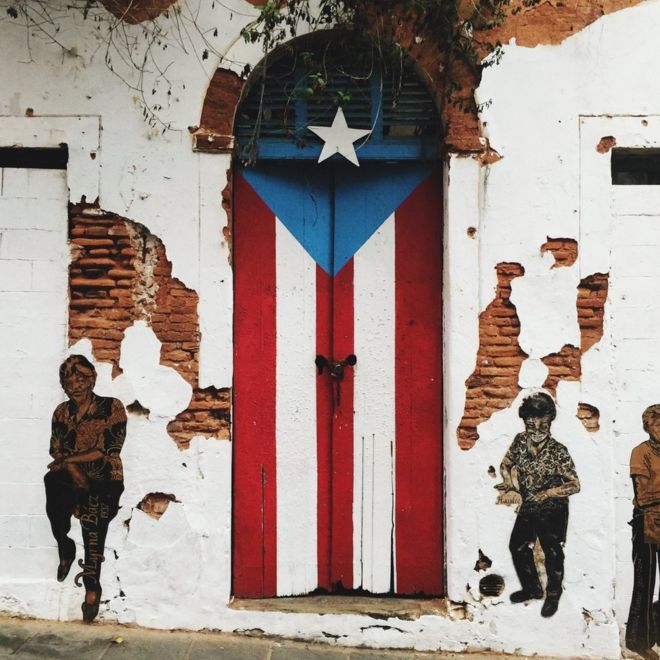
 He came from a poor peasant family. studied at the Central
He came from a poor peasant family. studied at the Central T. 2. M., 2015, p. 279.
T. 2. M., 2015, p. 279.